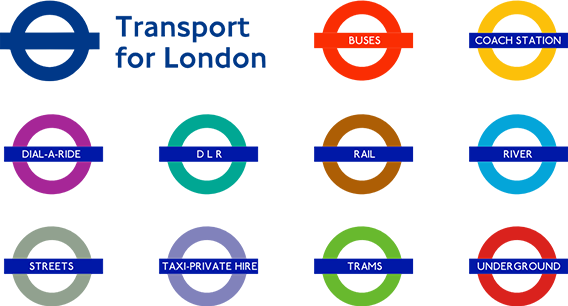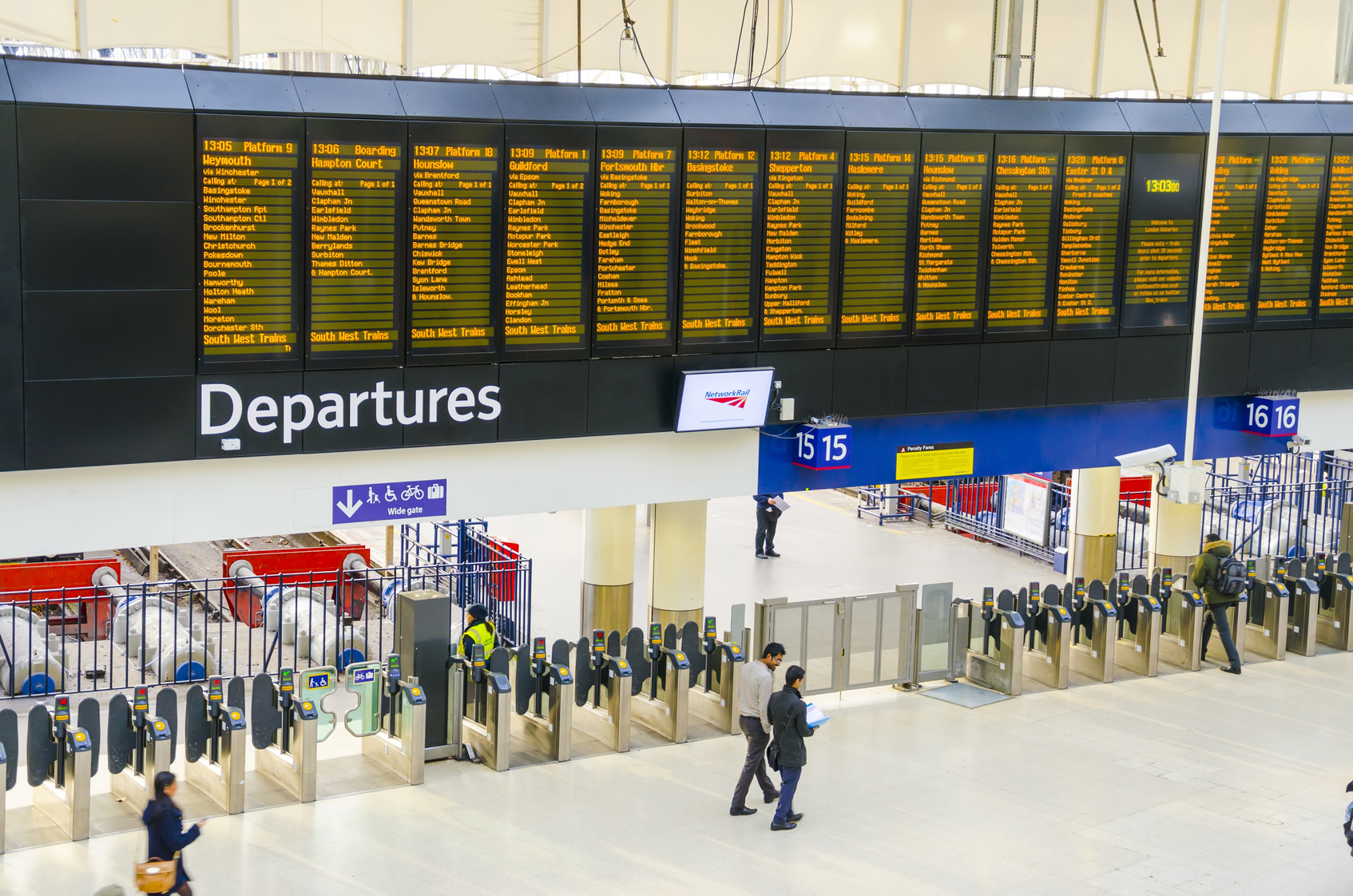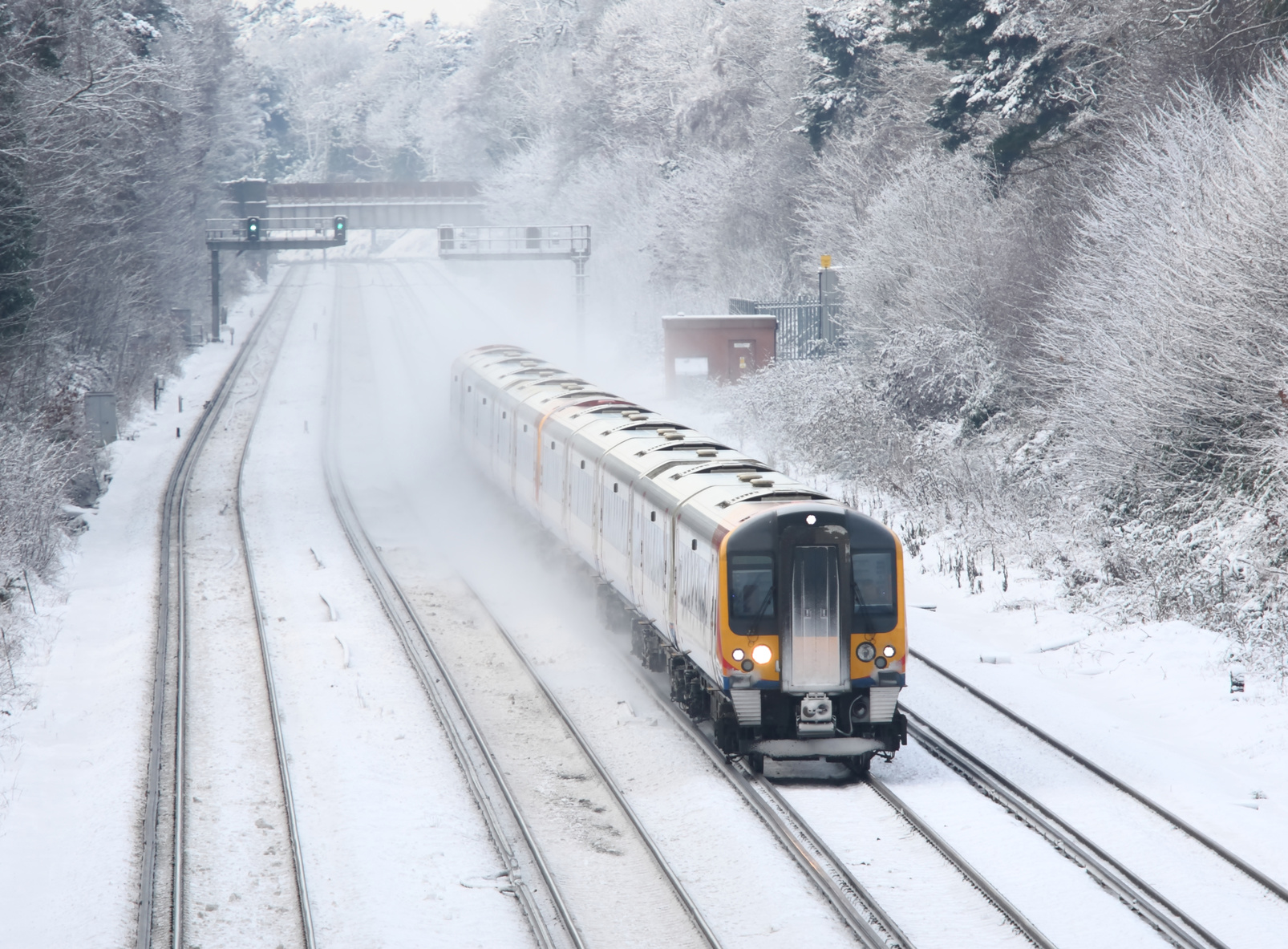Monthly Archives: March 2016
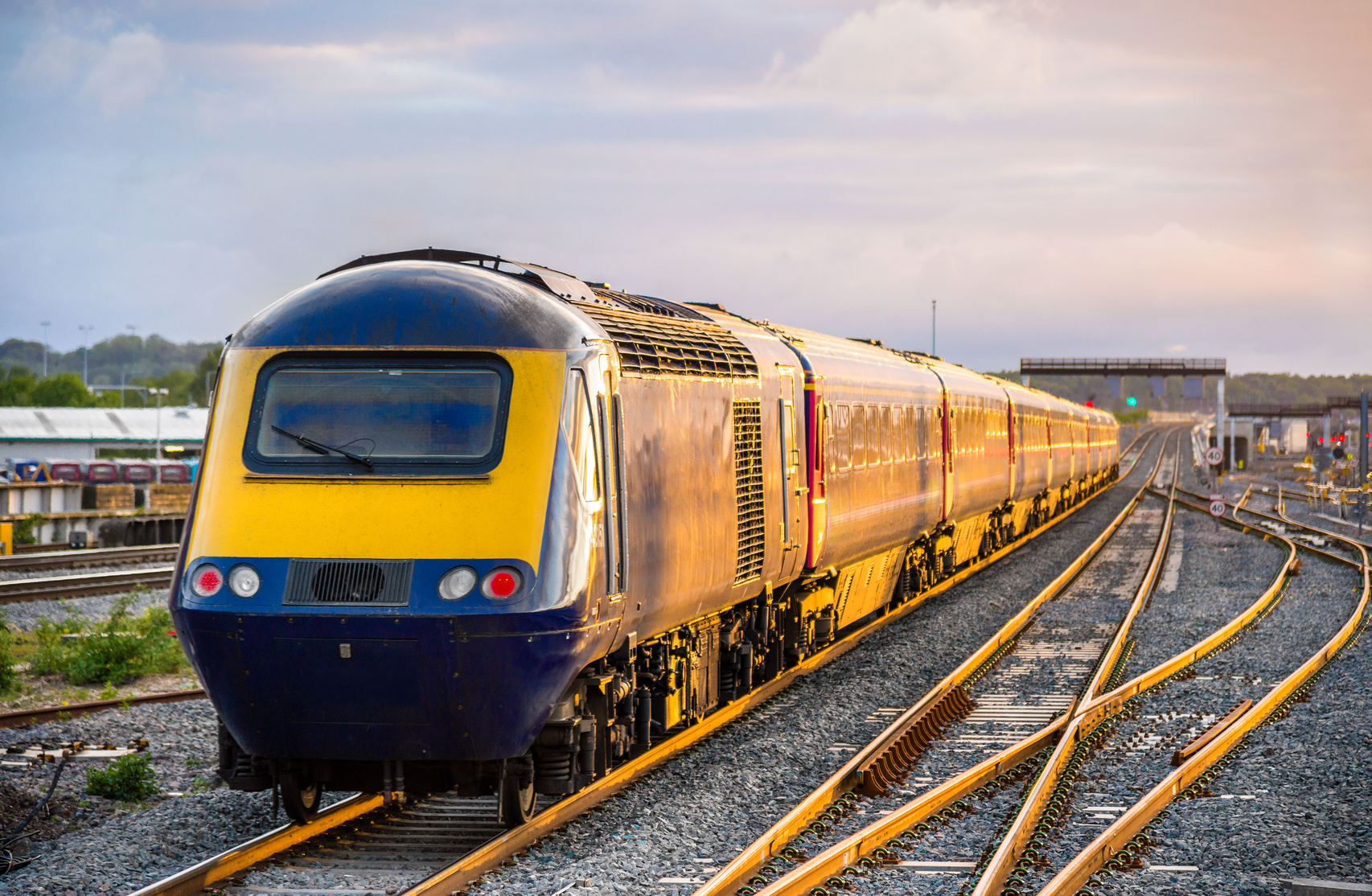
Recent figures collected by a railway gender diversity survey, have drawn up some alarming results. The results show that less than 2 in every 10 railway employees are female. ‘Women In Rail’ conducted the survey. Women In Rail are a pro female train drivers support group,. They say the results are indicative of the fact that railway standards need to change. We decided to do some investigating…
What do the results show about female train drivers?
Along with the statistic that less than 2 in every 10 railway employees are female, the results show a breakdown of individual roles within the rail industry. They show that overall, male employees dominate certain sectors, in particular engineering, manufacturing and driving roles. Britain has the lowest number of female engineers in all of Europe, with just 6% in general, and only 4% of these working in the rail industry. This statistic also extends to drivers, where just 4% of drivers are female, and only 1.5% of freight drivers in the UK are female.

Where are women employed?
For the most part, women in the rail industry are employed within customer service roles, such as working as conductors/guards, customer service and catering/retail. Respondents to the survey have argued that this is stereotypical and sexist. While women are stereotypically seen as more caring or welcoming than men, this doesn’t mean that they are incapable of performing other roles just as effectively. Similarly, men are equally capable of performing in the same roles as women.
Does this mean the rail industry is sexist?
There are a number of answers to this question. Firstly, it would be unfair to label the rail industry outwardly sexist. The reason is partly down to the fact that there just aren’t many women applying for the roles. The government are working on a more active strategy for attracting women to the roles. Results also show that only 10% of female rail employees have risen to middle management roles. A staggering 0.6% have reached director level or higher. This seemingly indicates that there is an issue with male domination in the rail industry, and this is something the rail industry will need to work on if they wish to progress, and enhance their reputation.
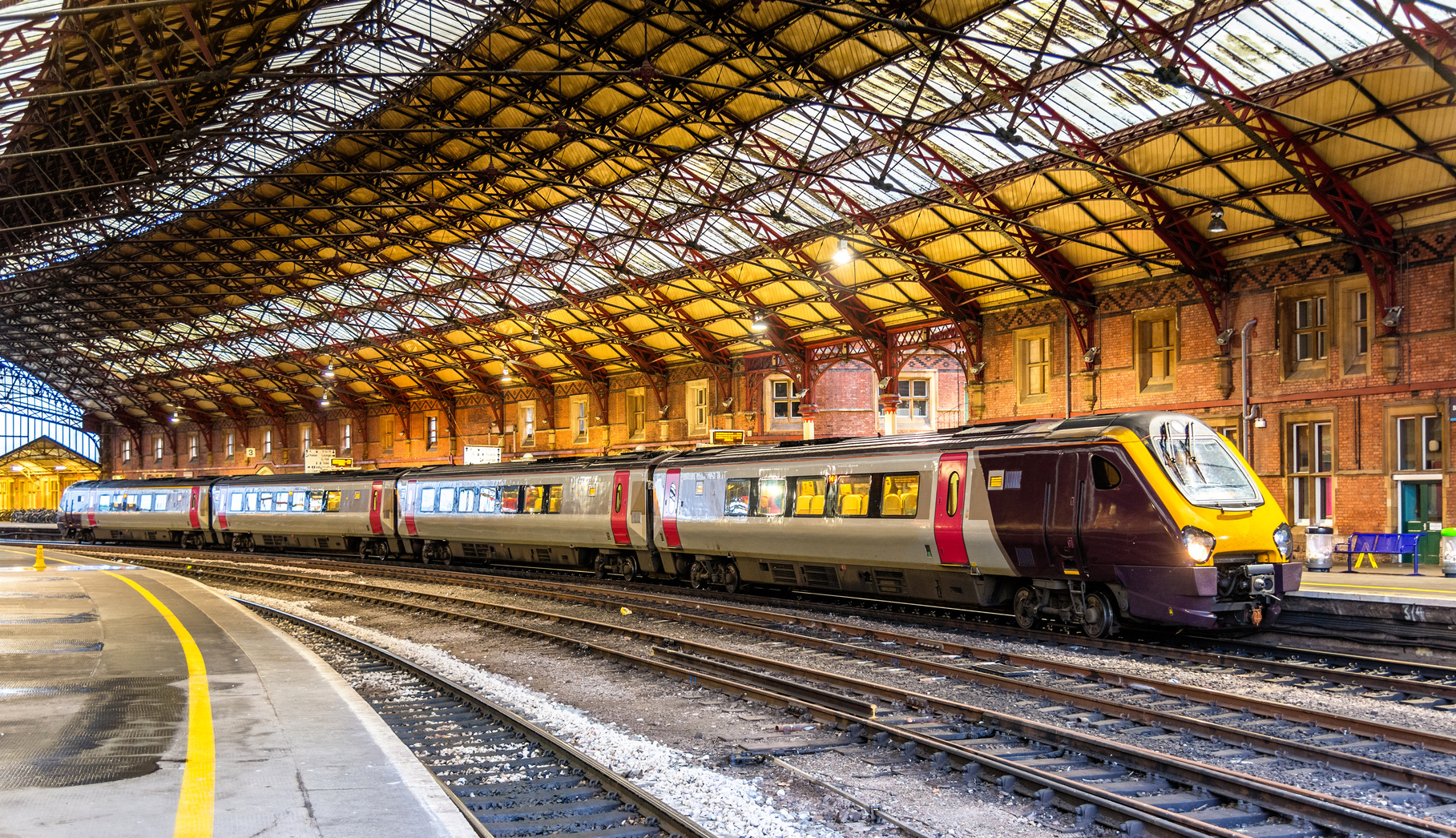
Last month, TfL (Transport for London) made the game changing announcement that all South London rail services will be brought under their control. In this blog, we’ll investigate the pros and cons of this move, and what it means for South London based rail travellers.
What are the plans to reform South London Trains?
The plans mean that TfL will take control of all South London based trains that run underground, and also those that run over ground. This will take places in various stages, as currently running contracts with private train operators expire. The ultimate plan is for TfL to take control of all Greater and South London Trains, followed by SouthEastern in 2018 and then Southern and Great Northern in 2021.
What do the plans mean?
In essence, TfL are seeking to renationalise the railways. In our eyes, this can only be a good thing for passengers. There are a number of reasons for this:
Firstly, there is the question of fares. While customers cannot expect to see too much of a dip in prices, part of the problem with British rail travel is that so many of the major train operating companies are owned by private entities; who can simply charge as much for their services as they like. Constant rail fare increases, coupled with an increasingly unreliable service, have led to a growing anger from passengers over the years. TfL is aiming to change this.
Secondly, there are the journeys themselves. TfL have promised a shake up and improvement to passenger journeys, and expect to increase the rate of London stations receiving trains by over 67%. This will include services from the likes of Waterloo, Moorgate and Victoria.
TfL have a history of making improvements to services such as this. In 2007, they took over the London Overground service from Watford to Croydon, resulting in a rise of passenger numbers of over 80%.
Reaction to the plans
The decisions have been largely welcomed by the majority of people. Mayor Boris Johnson, who has been campaigning for TfL to take control of other rail companies for the past two years, has labelled the move ‘a massive breakthrough’. However, Boris has also urged caution, and not to expect ‘immediate changes’ to a hugely flawed rail system. Likewise, other consumer based groups have welcomed the move, claiming that they are ‘looking forward to receiving the same service that London Overground customers receive’.
Products You Will Be Interested In
If you want to work for TfL then you’re in luck! We’ve got the ULTIMATE resource for anyone looking to join London’s premier transport organisation. Make sure you check out our online TfL recruitment guide!







